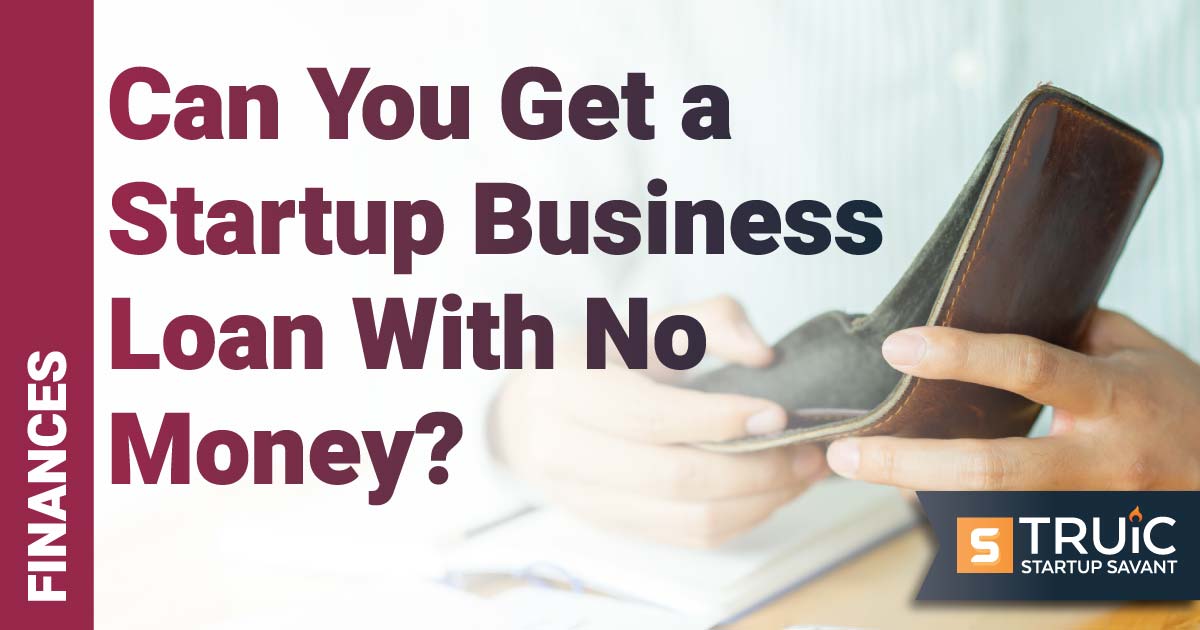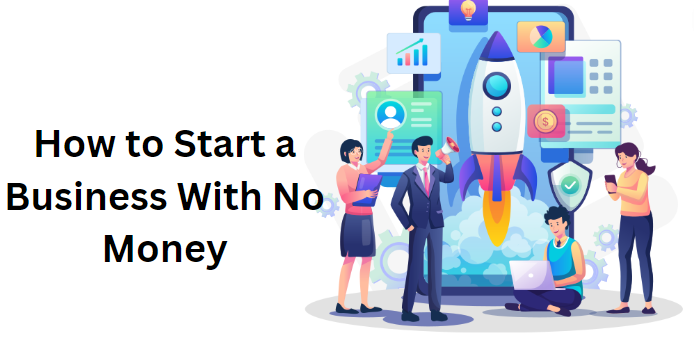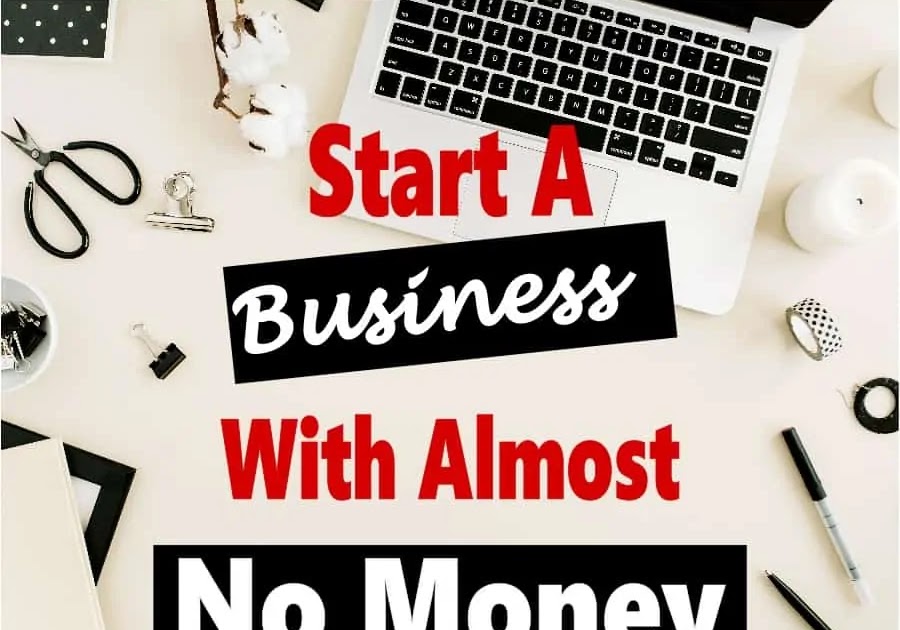How To Finance A Business With No Money

The dream of launching a business often collides with the stark reality of limited or nonexistent funding. Many aspiring entrepreneurs find themselves facing the daunting challenge of turning their vision into a viable enterprise without the backing of substantial capital. This lack of initial investment can be a significant barrier, but it doesn't have to be a deal-breaker.
This article explores several strategies for financing a business when starting from scratch, drawing on expert advice and real-world examples. We will unpack bootstrapping techniques, explore the potential of microloans, delve into the world of crowdfunding and grants, and outline how to leverage sweat equity and partnerships to get your business off the ground. The aim is to provide a practical guide for navigating the often-challenging landscape of funding a business with no money.
Bootstrapping: The Art of Self-Funding
Bootstrapping is a popular method for starting a business without external funding. It involves using personal savings, reinvesting revenue, and minimizing expenses. This approach demands resourcefulness and a focus on generating early revenue streams.
One key bootstrapping technique is to delay taking a salary. According to the Small Business Administration (SBA), minimizing overhead is crucial in the early stages. This means working from home, using free software, and bartering services.
Focus on Revenue Generation
The core of bootstrapping is generating revenue as quickly as possible. This requires a clear understanding of your target market and a strong sales strategy. Identifying a minimum viable product (MVP) can help to test the market and generate early sales, as noted by Eric Ries in The Lean Startup.
Pre-selling products or services is another effective bootstrapping strategy. This approach allows you to secure funding before incurring significant expenses. Platforms like Kickstarter can be used for pre-sales and generating awareness.
Microloans: Small Loans, Big Impact
Microloans are small loans, typically ranging from $500 to $50,000, offered by non-profit organizations and community lenders. These loans are often easier to obtain than traditional bank loans, particularly for entrepreneurs with limited credit history. Microloans provide access to capital without the burden of high interest rates and strict repayment terms often associated with other financing options.
Organizations like Kiva connect borrowers with lenders worldwide, offering zero-interest loans to entrepreneurs. Accion is another leading microfinance institution that provides small business loans and support services.
Navigating the Microloan Application Process
Securing a microloan requires a well-crafted business plan and a clear demonstration of your ability to repay the loan. Lenders will assess your business concept, market analysis, and financial projections.
Preparation is key to a successful application. Gathering all the necessary documents, including financial statements and credit reports, can streamline the process and improve your chances of approval.
Crowdfunding and Grants: Leveraging Community Support
Crowdfunding platforms like Indiegogo and GoFundMe allow entrepreneurs to raise capital from a large number of people, typically in exchange for rewards or equity. This can be an effective way to generate funding and build a community around your business.
Grants are another valuable source of funding, particularly for businesses that address social or environmental issues. The SBA offers a grant database that lists various federal, state, and local grant programs.
Crafting a Compelling Campaign
A successful crowdfunding campaign requires a compelling story and a clear articulation of your business's value proposition. Video marketing and social media engagement are crucial for reaching a wide audience.
Grant applications are often highly competitive and require meticulous attention to detail. Researching the grant requirements and tailoring your application accordingly can increase your chances of success.
Sweat Equity and Partnerships: Leveraging Skills and Resources
Sweat equity involves contributing time and effort to a business in exchange for ownership. This can be a valuable way to build a business without significant upfront investment. It is a common practice in startups where founders dedicate countless hours to developing the product or service.
Forming strategic partnerships can also provide access to resources and expertise. Joint ventures and collaborations can allow you to share costs and leverage each other's strengths.
Defining Roles and Responsibilities
Clear agreements are essential when using sweat equity or forming partnerships. Outlining roles, responsibilities, and equity stakes in a written contract can prevent disputes and ensure a smooth working relationship.
Consider seeking legal advice to ensure that your agreements are fair and legally binding. This can help protect your interests and avoid potential conflicts down the line.
Looking Ahead: Building a Sustainable Future
Starting a business with no money requires creativity, resilience, and a willingness to work hard. While bootstrapping, microloans, crowdfunding, grants, sweat equity, and partnerships can provide initial funding, building a sustainable business requires a long-term vision and a commitment to continuous improvement.
Focus on building a strong team, developing a loyal customer base, and adapting to market changes. With the right strategies and a relentless pursuit of your goals, you can turn your entrepreneurial dream into a successful reality, regardless of your starting point.


















